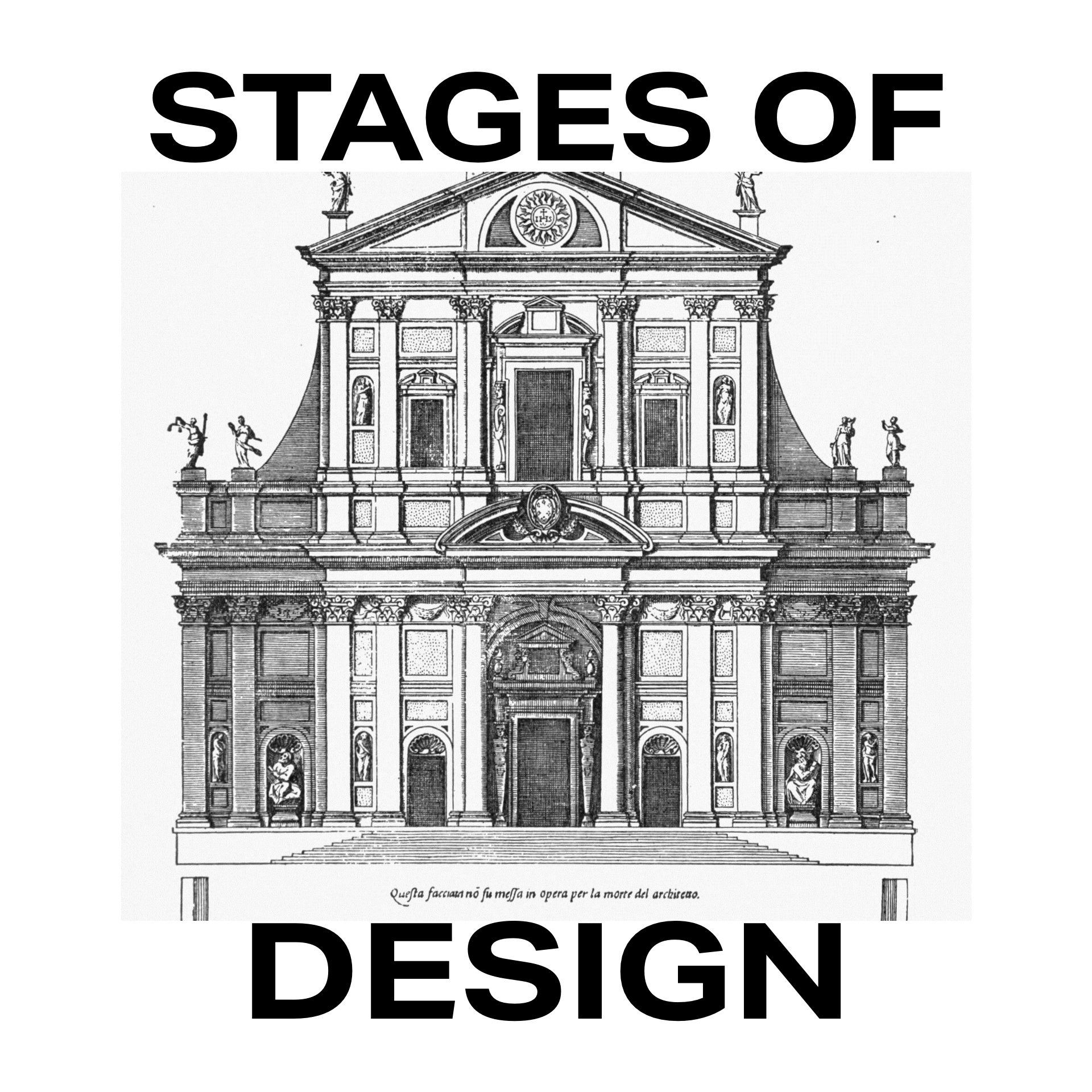What are the stages of architecture and design of some of the most iconic buildings in the world? How do we start with an idea and turn it into the physical manifestation of so many different elements that come together in order to transform a space?
According to the American Institute of Architects (AIA), there are five phases of the architectural design process. Keep reading as we dive into each phase and uncover how each one builds upon another.
- Schematic Design
- Schematic refers to the technical diagram of an architectural design. This phase provides the basis of a project to create the first visual representation of details and how elements of a building will operate or work together. Some consider the predesign process the true first step, as this is where ideas flow before the initial schematic design can be drawn up. Predesign is necessary to determine the feasibility of a proposed concept before a schematic design is made. A schematic design may include a site plan, floor plans, a preliminary assessment of cost, and necessary code or zoning considerations. We are excited to announce that the Center for Arts and Innovation is currently in this exciting phase of the design process, bringing together ideas to create a revolutionary space for our community.
- Design Development
- This second phase takes the schematic design another step further to offer a more detailed explanation of the primary diagram. It includes a finalized, approved brief of the initial schematic design so that these ideas can be developed into construction documents. Physical models and 3D computer renderings are often utilized to portray the design concept, as well as help determine exact construction schedules and the equipment material needed to complete the project. This next stage of the design process is soon to be released at The Center for Arts and Innovation, and we welcome you all to come celebrate with us when we have our first model unveiled.
- Construction Documents
- This is the largest phase for an architect. In the construction documents phase, architects and engineers work together to meld creative ideas with science to create a plan and bring the architectural design to life. Two exact sets are made – one to keep on-site throughout the construction process and the other is sent to the permitting authority. Construction documents are crucial to the success of the design project in order to ensure all components work together and the building is engineered as feasible and safe.
- Bidding
- Bidding may also be referred to as contractor selection. If a design firm has the necessary resources to construct a project, this phase of the design process is not needed. Otherwise, at this point, contractors are interviewed to discuss materials and schedules along with their bids for the project. Multiple contractors and their bids are reviewed in order to determine a fair price for the project based on the construction documents submitted from the previous phase.
- Construction Administration
- This is the final step before an architectural design is brought to life! While this is the phase most of us see, we often do not get to witness all the steps that lead up to this last phase. Now the architect’s role shifts from creative design to project management to ensure the design plans are accurately constructed. Architects may also be required to perform multiple inspections during this phase. The selected contractor and crew from the bidding phase are brought on to build the design until completion. While we have our crew and contractors in place, we look forward to the day we break ground and can begin construction – bringing to life this progressive community center and all the innovative concepts woven throughout the design process.
At The Center for Arts and Innovation, we are so excited to bring our community together for this design journey as we work towards creating a center that will benefit us all. We invite you to join us on this innovative pursuit and look forward to the day we can officially welcome everyone once the project is complete.
